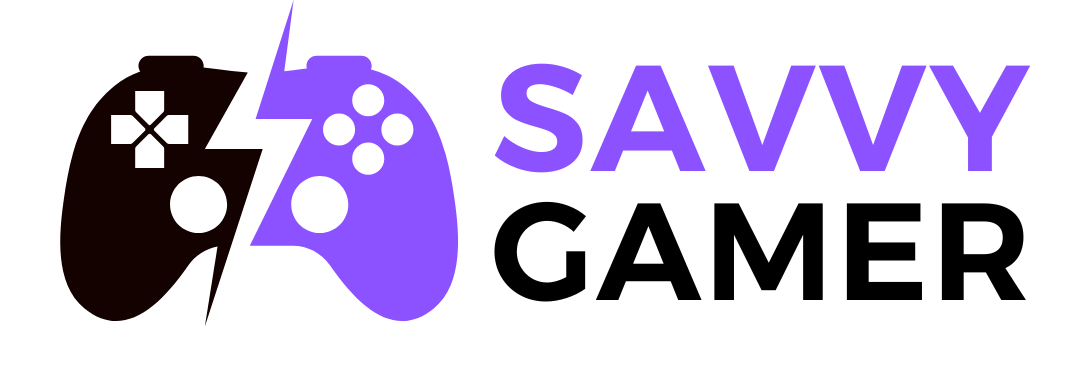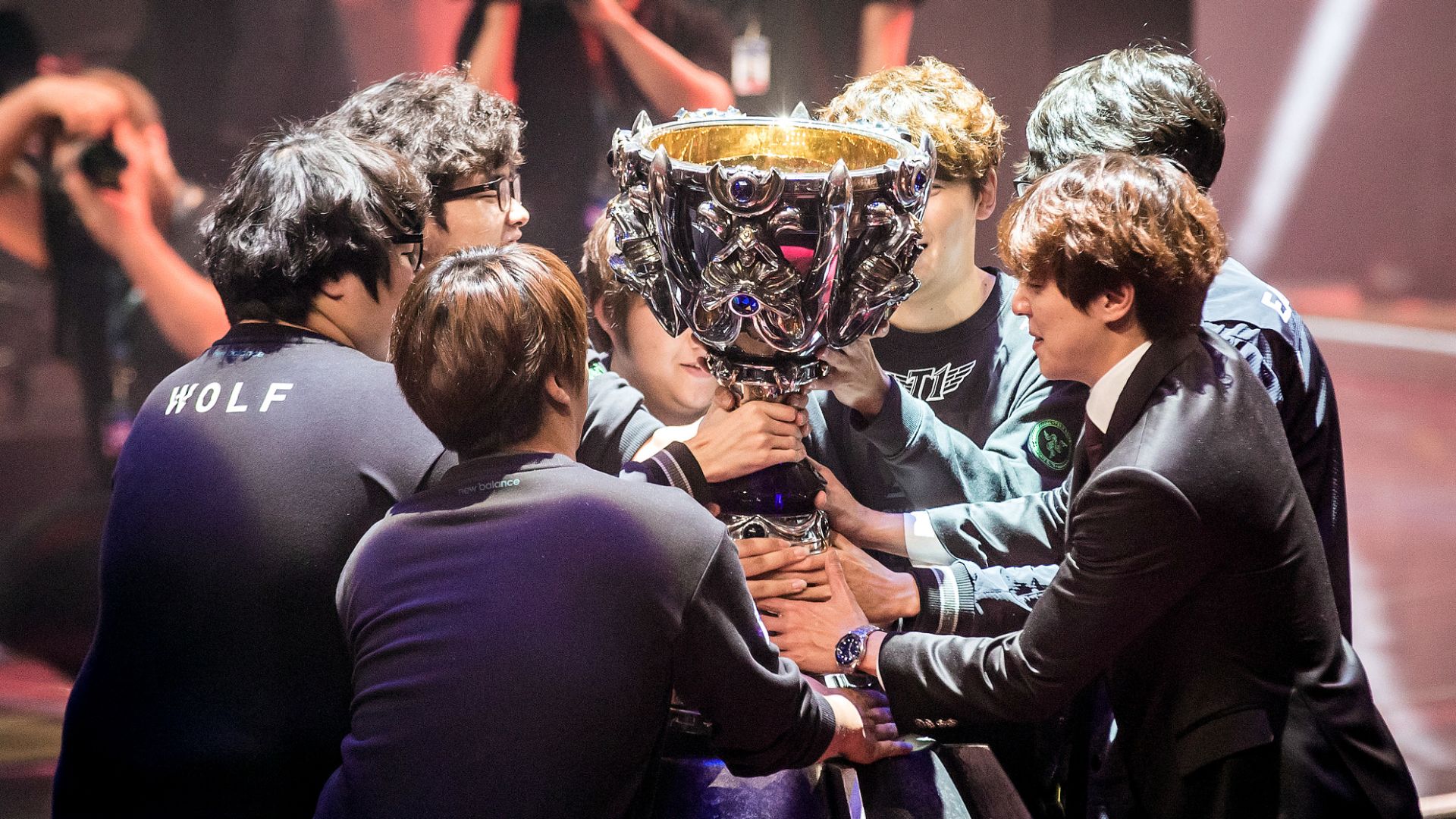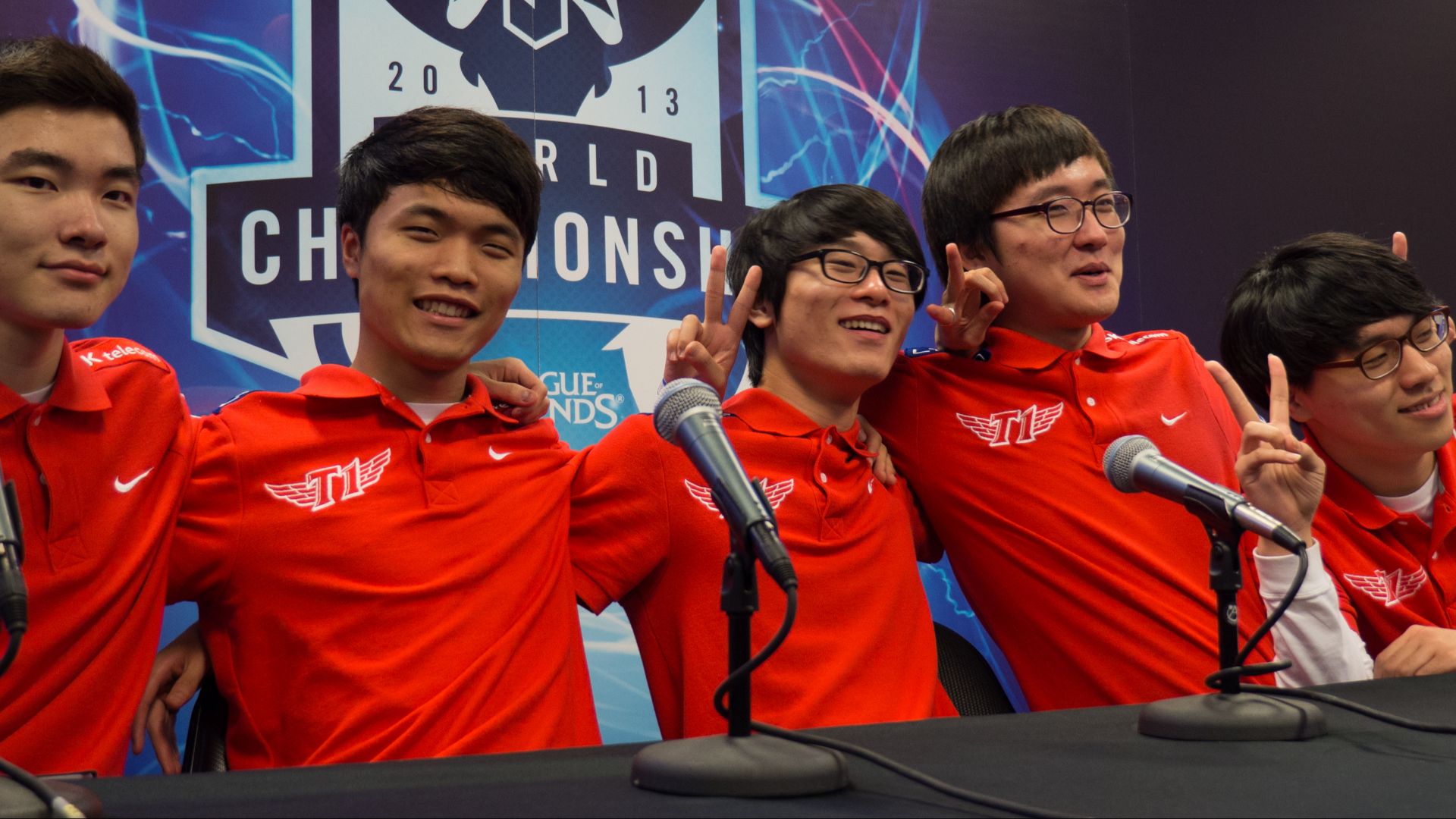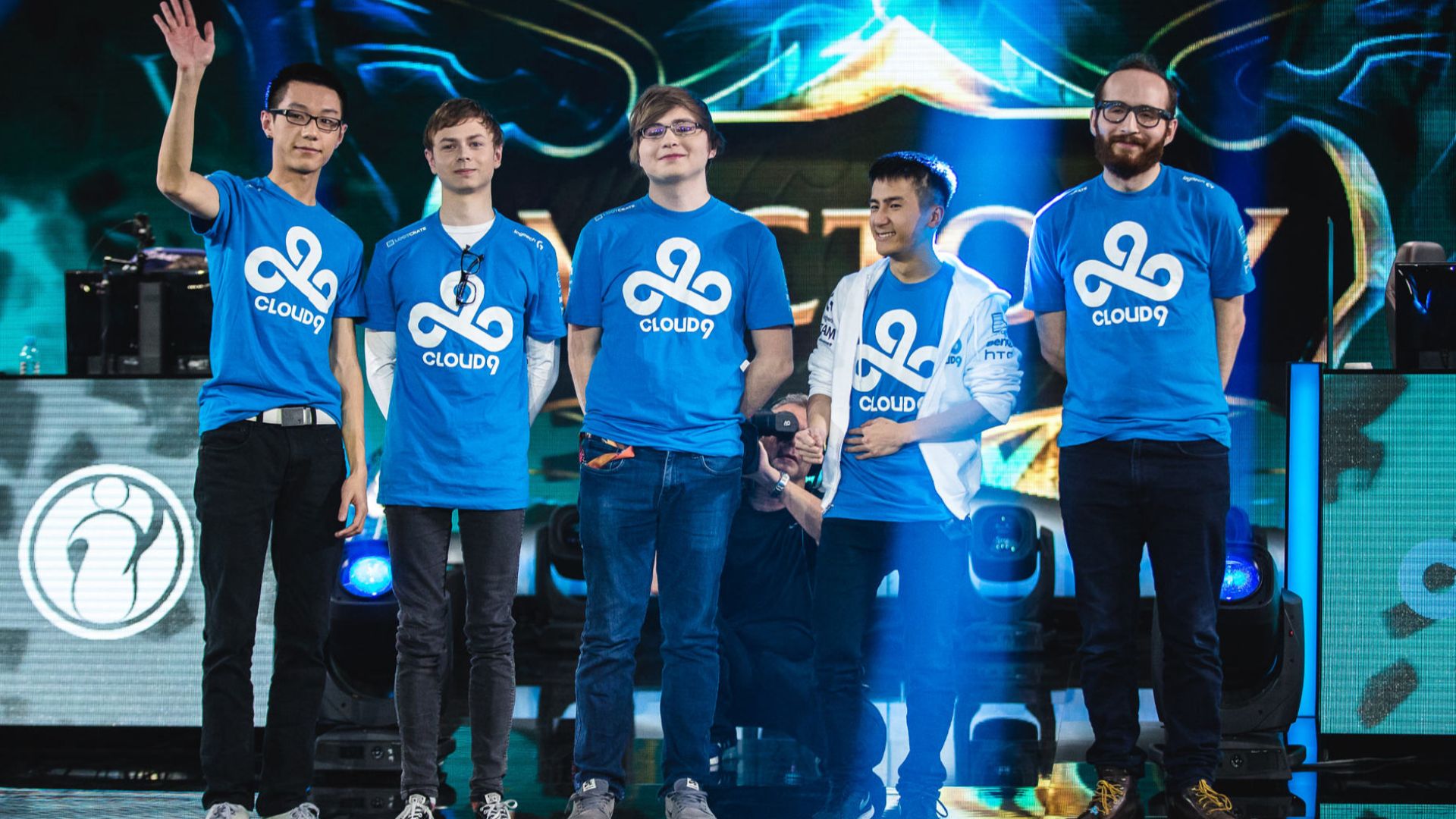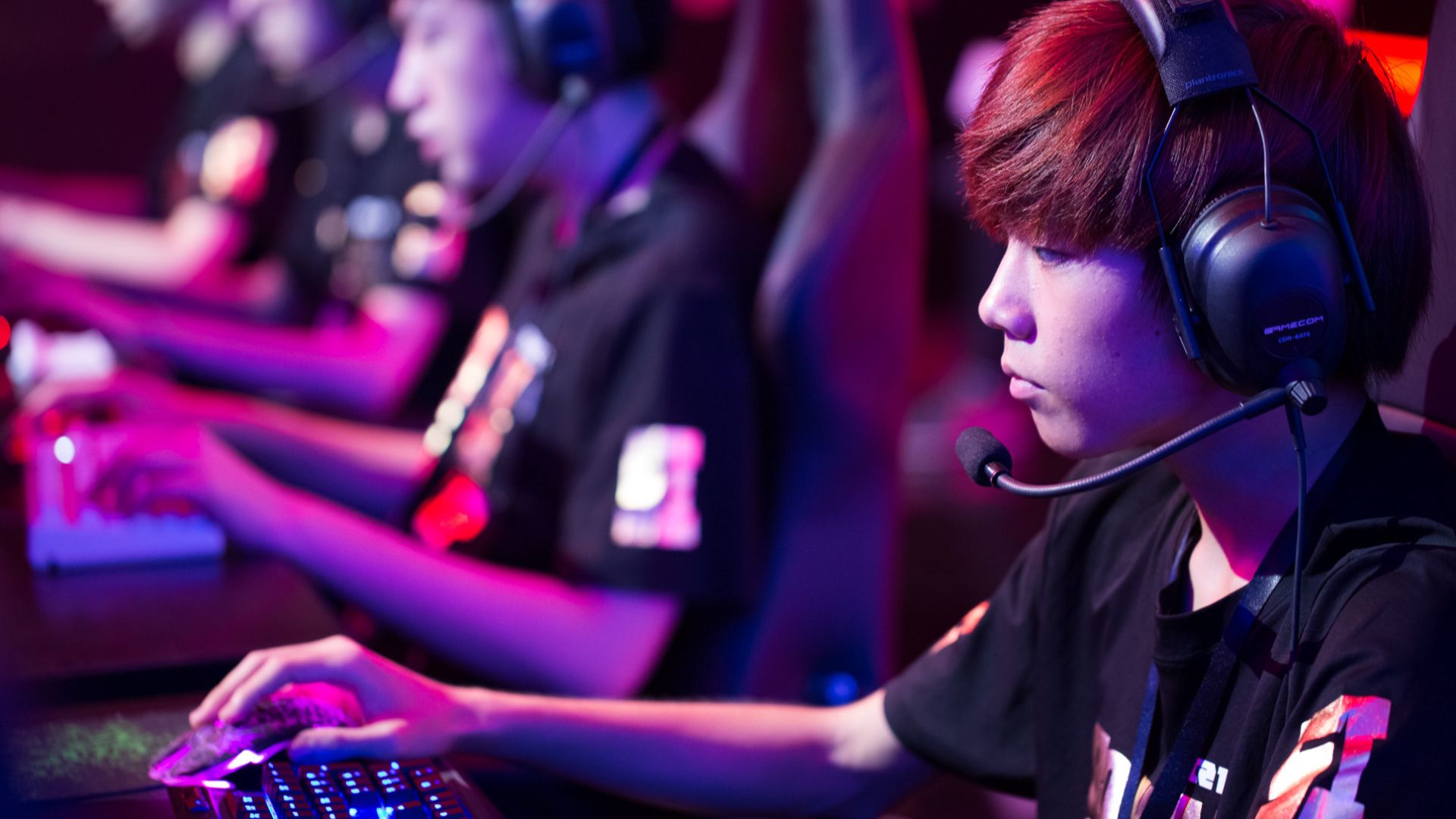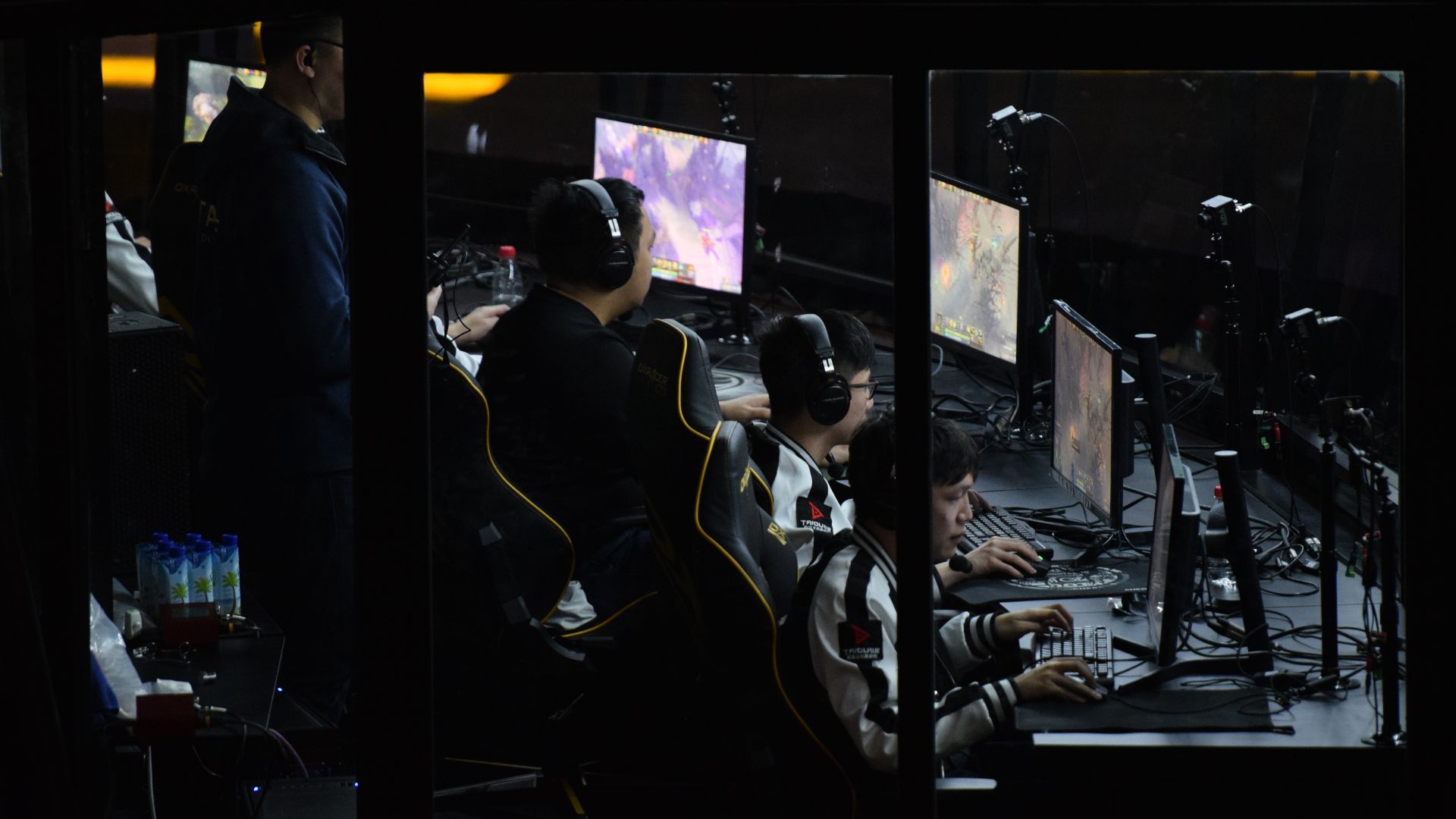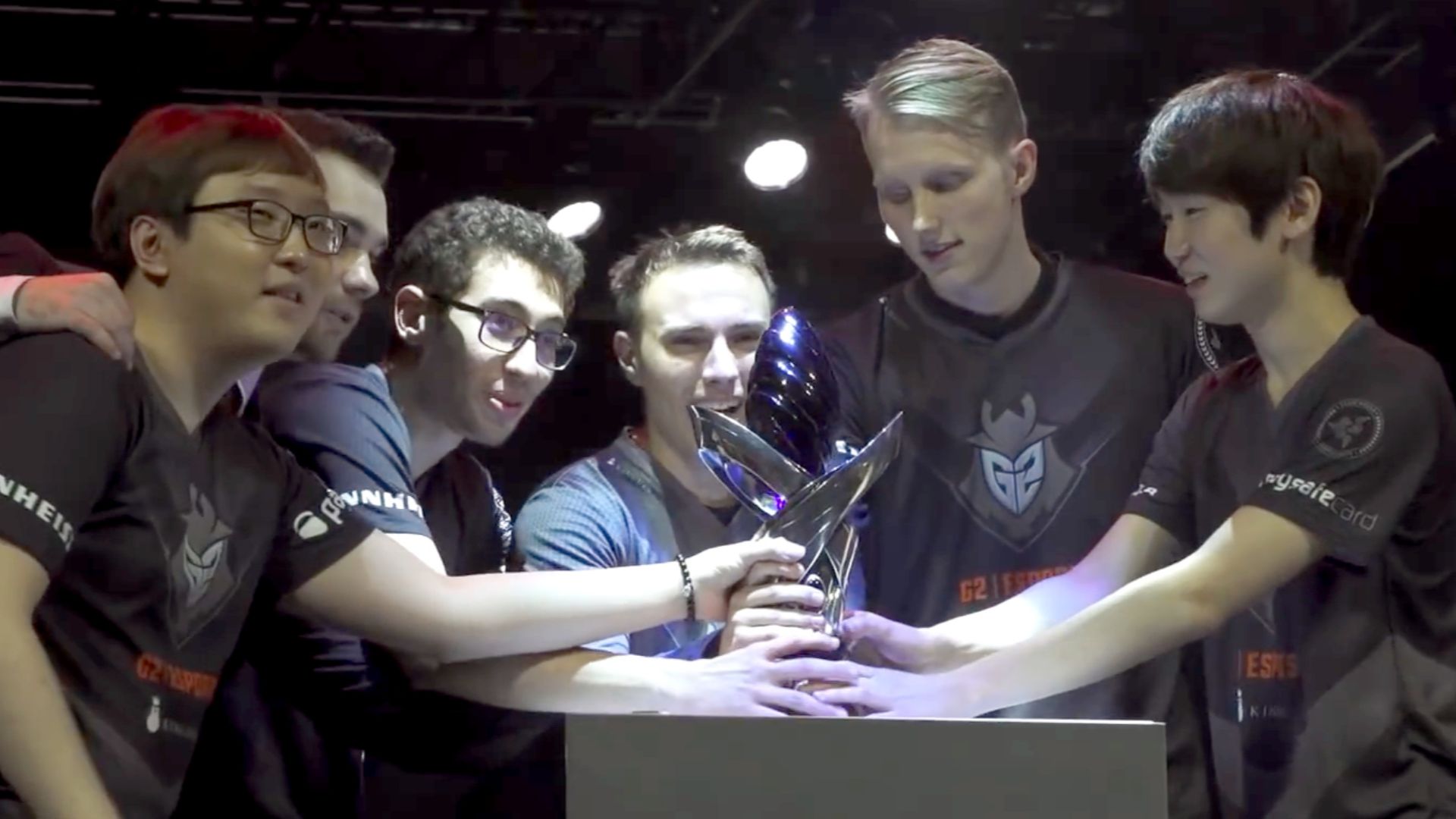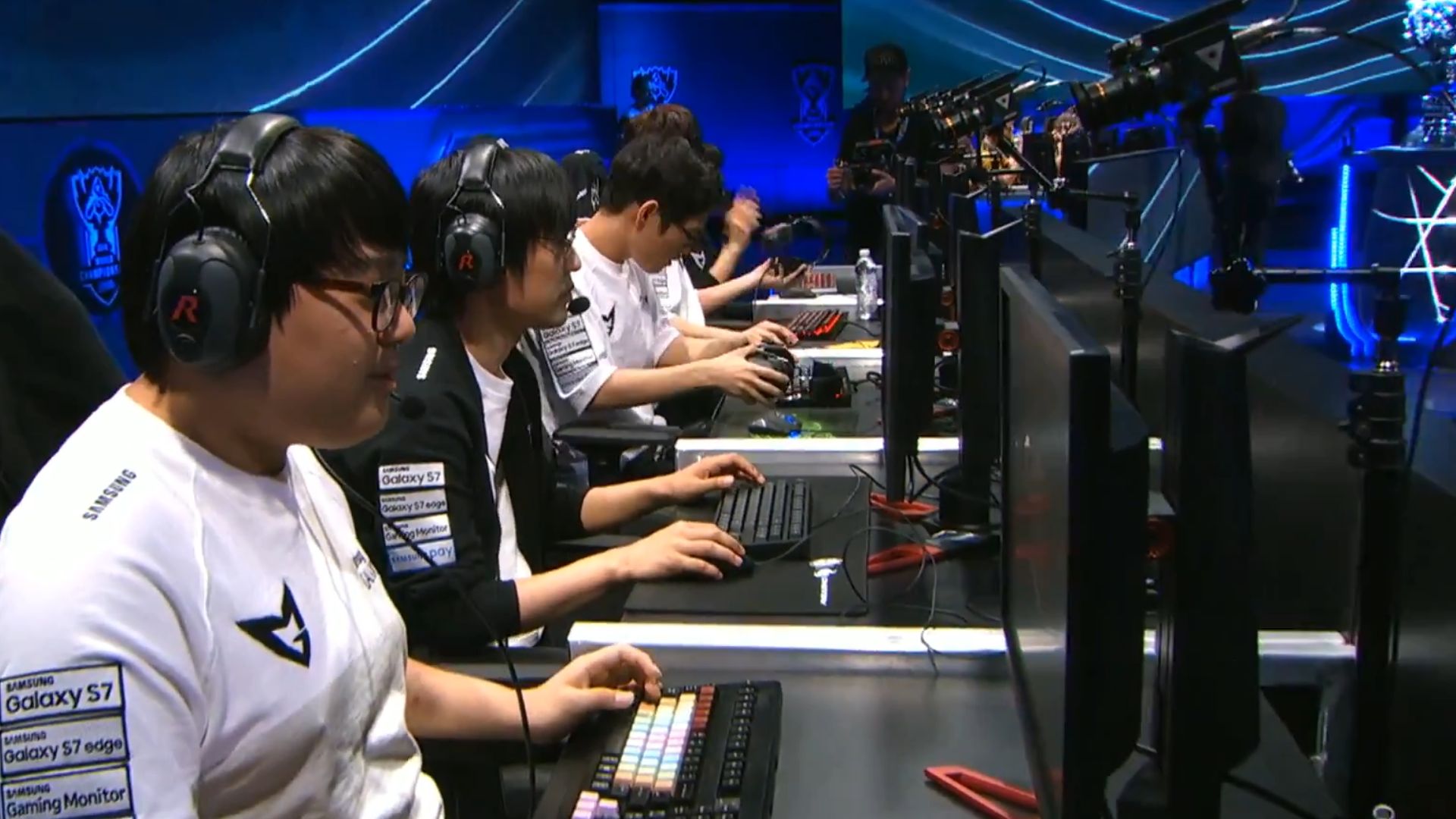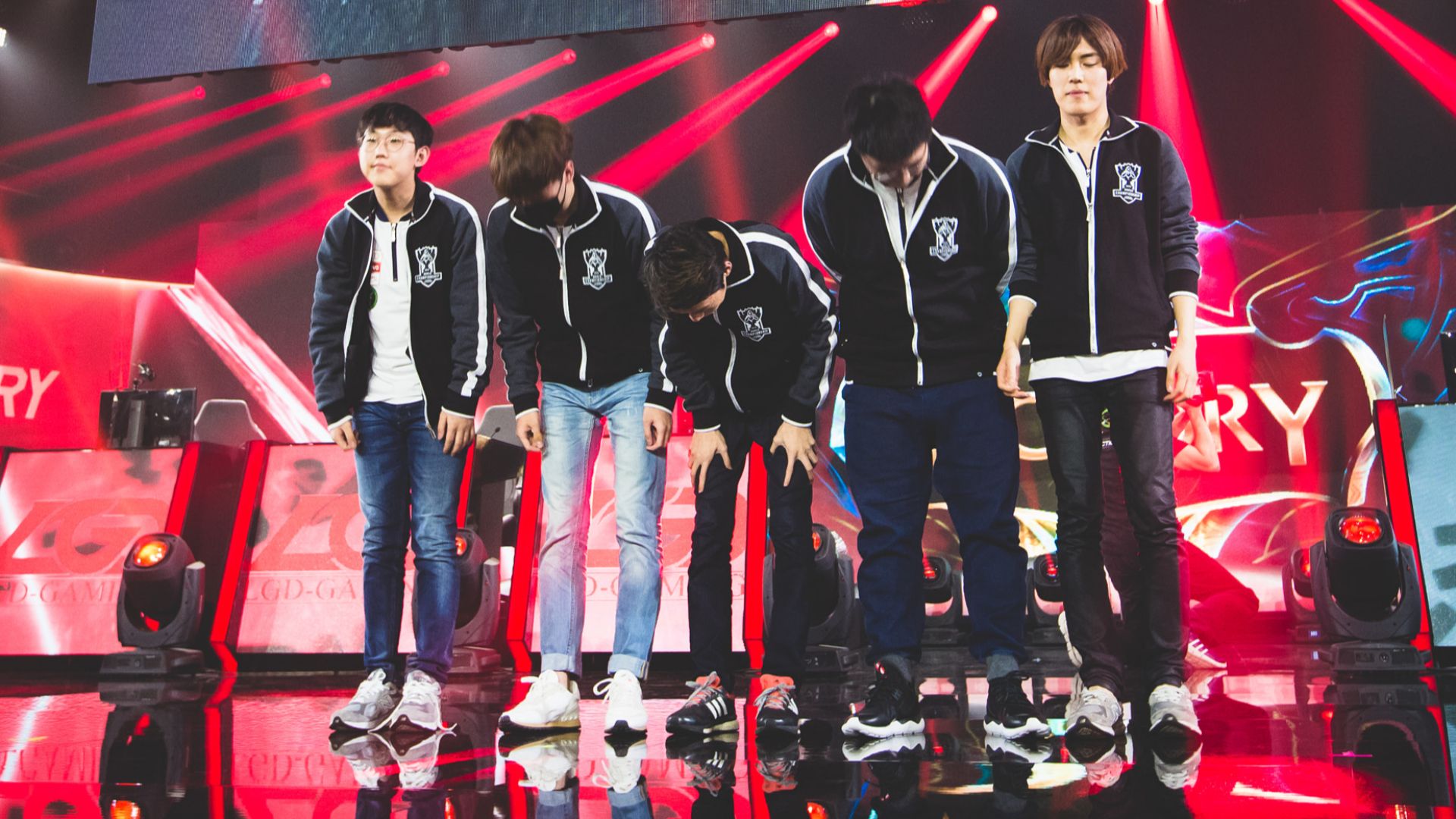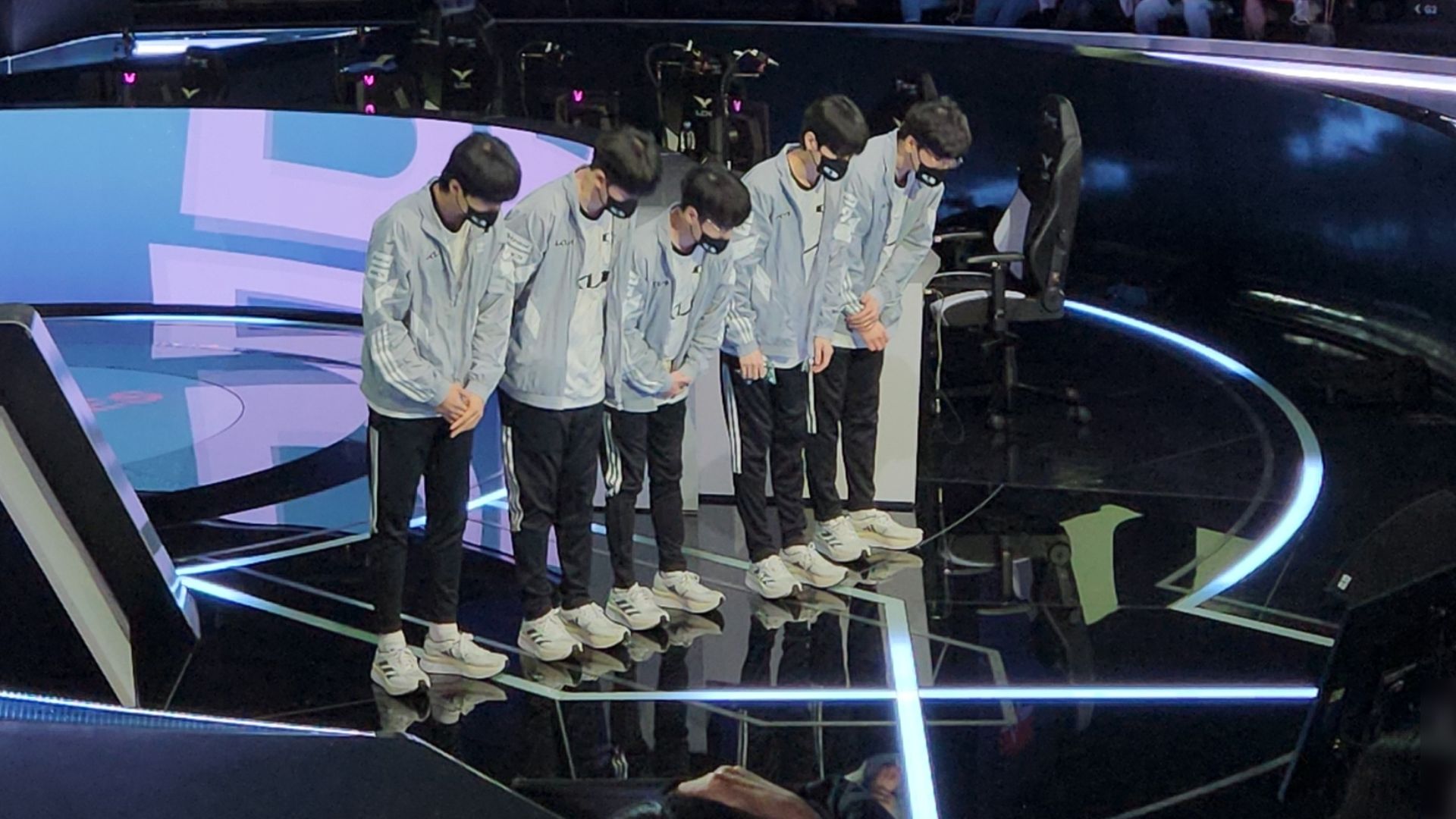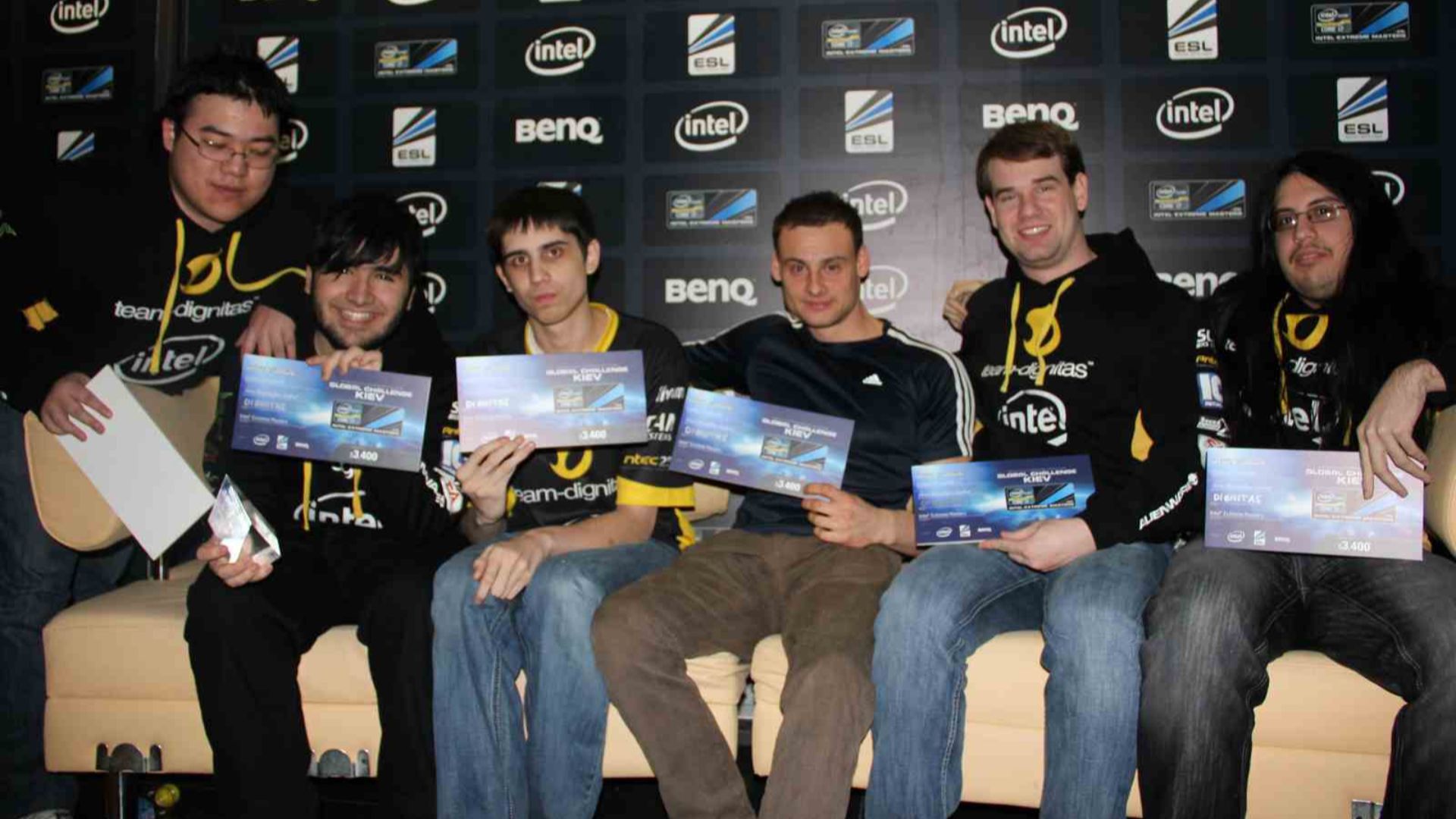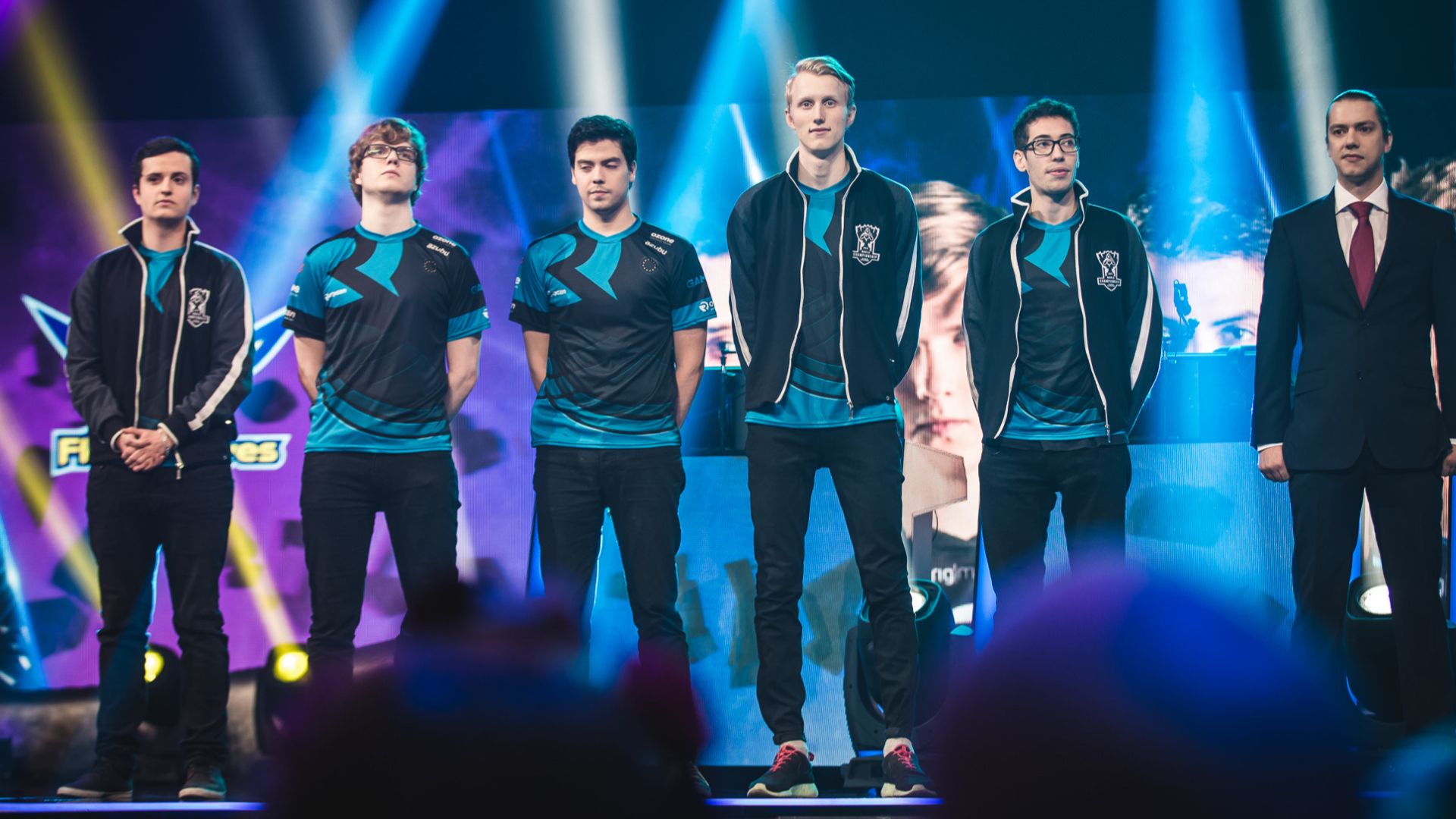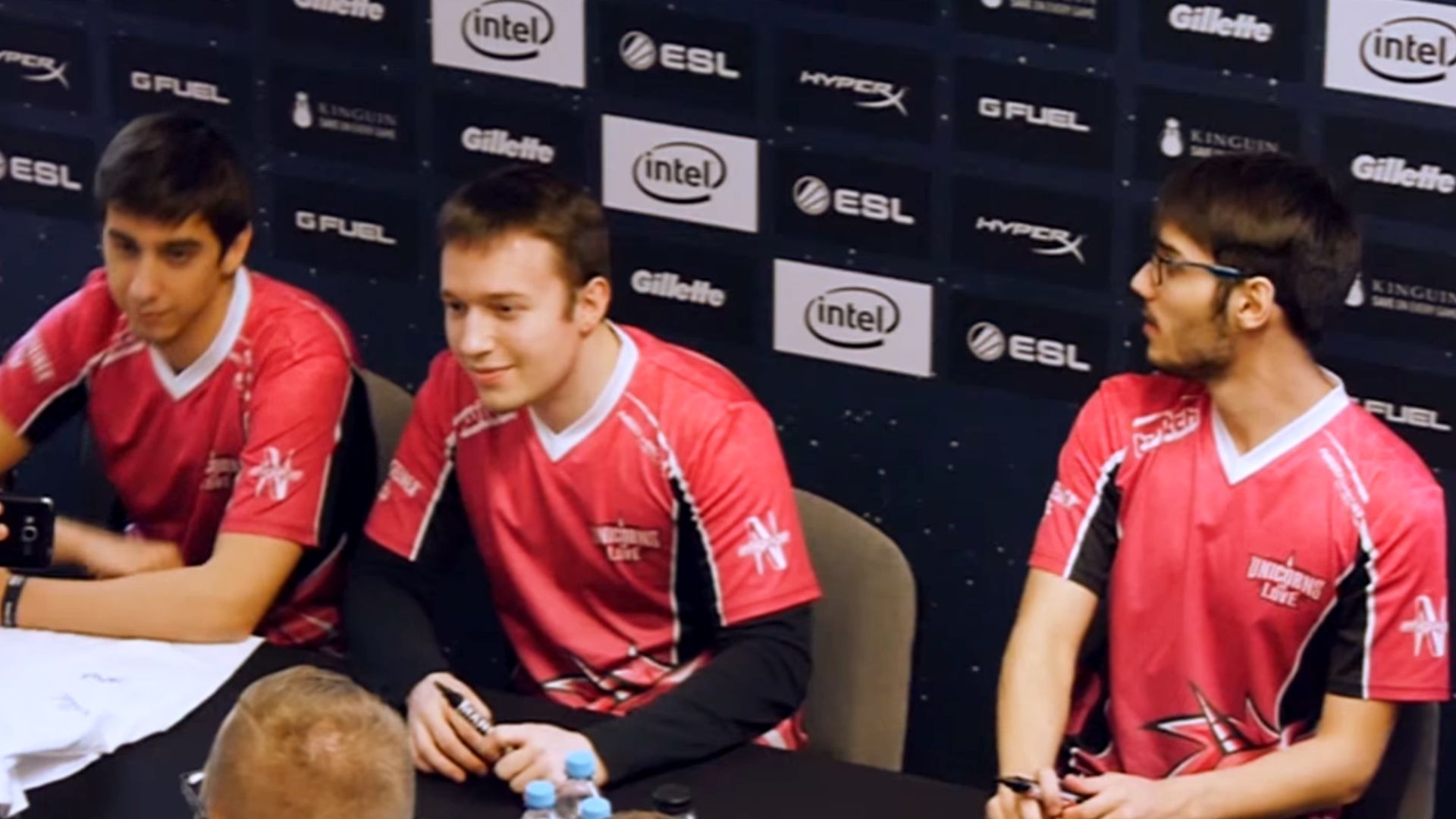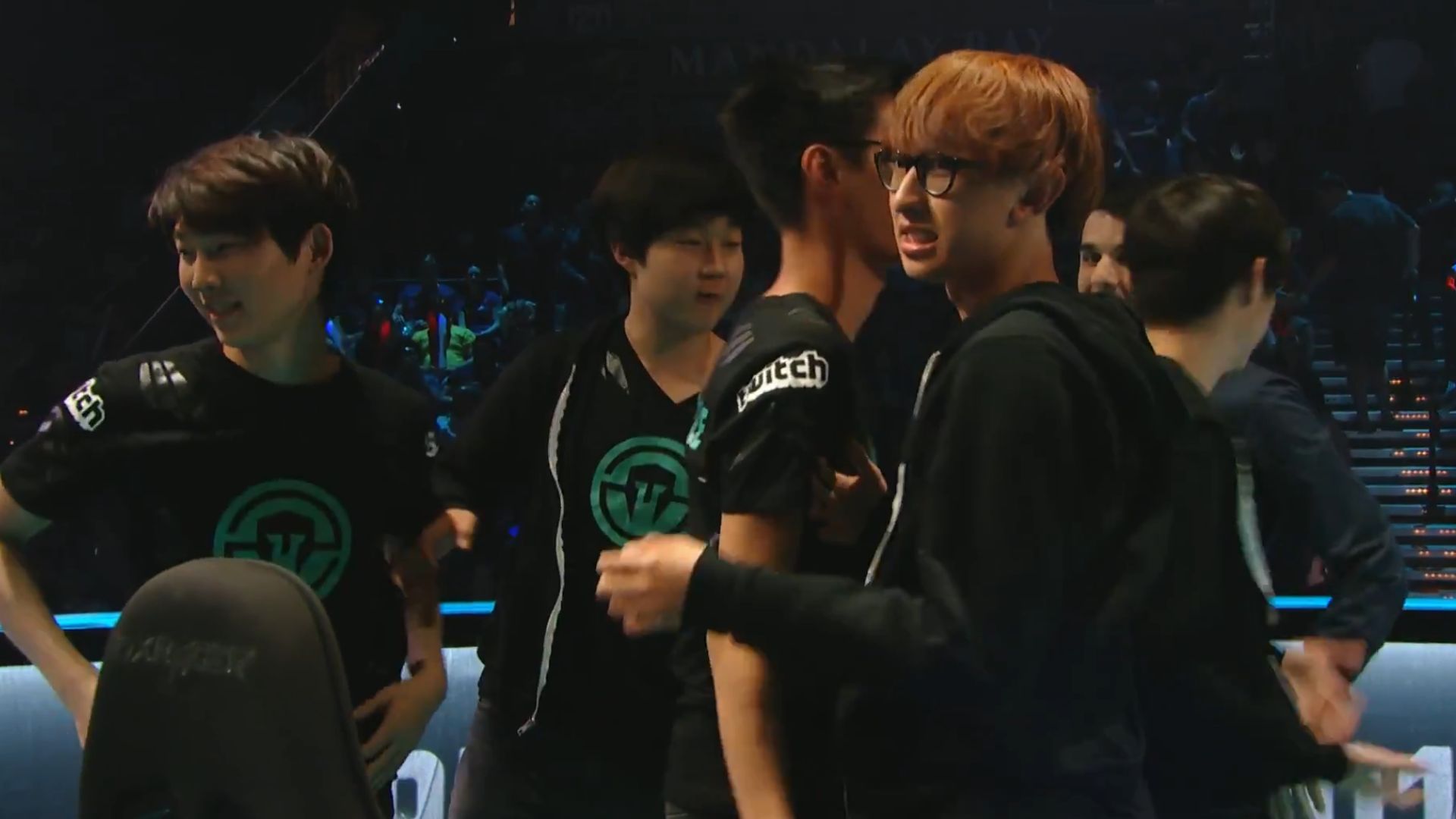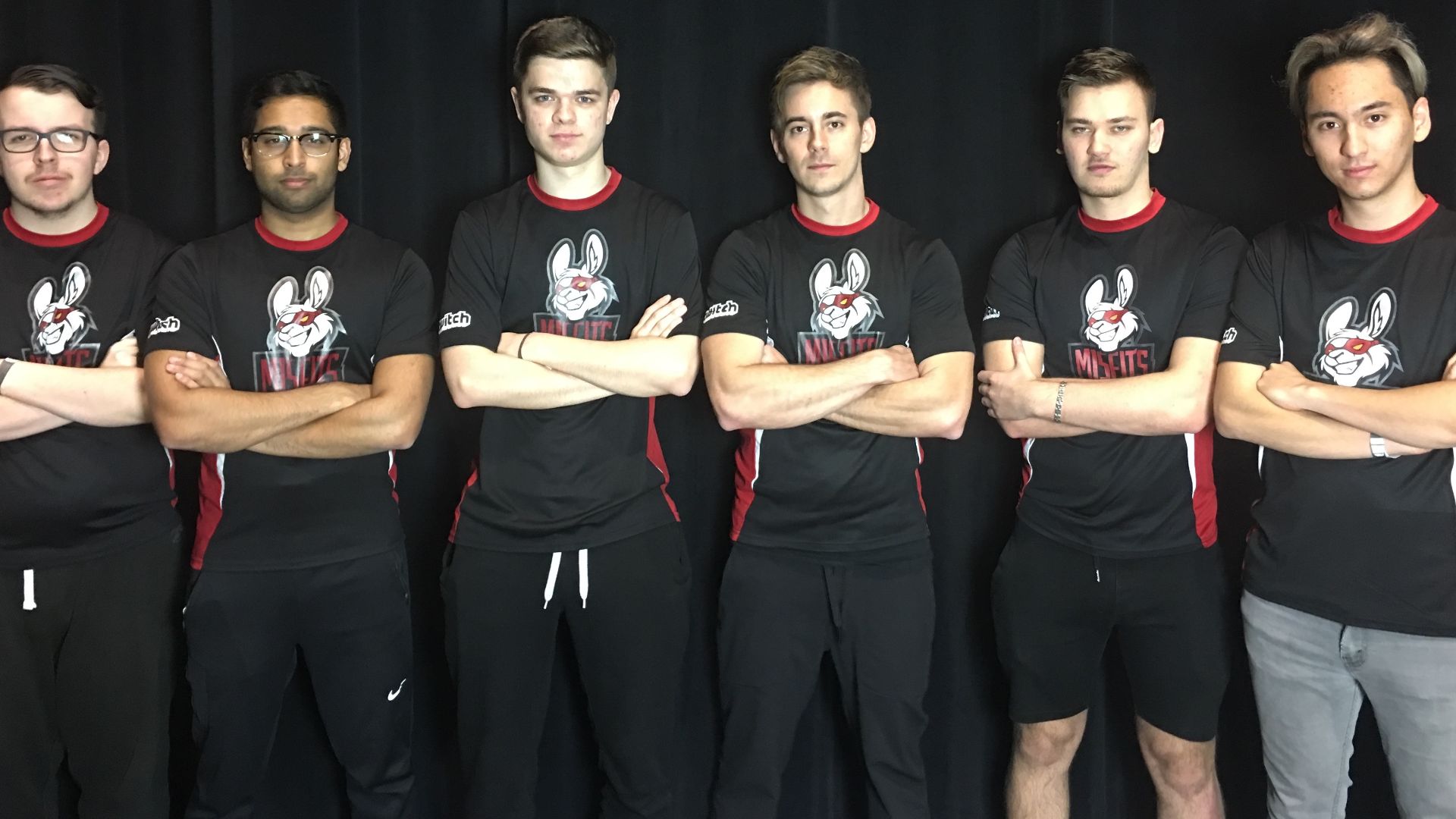Highs And Lows In LoL
Since its inauguration in 2009, League of Legends has grown into one of the biggest esports in the world, with pro players and millions watching every major tournament. But being a pro team doesn’t mean you're good. Some squads dominate international tournaments and build dynasties. Others become infamous for collapsing under pressure. So, first let’s take a look at ten pro teams that performed at the highest level and earned their place in LoL history.
1. SK Telecom T1
With five World Championship wins in 2013, 2015, 2016, 2023, and 2024, SKT holds the record as the only team to claim back-to-back titles. At the core of their reign stood Faker, widely regarded as the greatest League player to ever hit the Rift.
2. Cloud9
Few teams have flipped the script for North America quite like Cloud9. When they reached the World Championship Final in 2019, they set a record that put the entire region on the map. More than just contenders, they became ambassadors for talent, spotlighting rising stars like Jensen and Sneaky.
3. Royal Never Give Up
Royal Never Give Up claimed the Mid-Season Invitational title in 2018, showing their expertise in international competition. Their style is built around aggressive, high-speed gameplay, using heavy skirmishing to dominate matches and unsettle opponents.
4. Fnatic
Back when League of Legends esports was just finding its footing, Fnatic won the inaugural 2011 World Championship, proudly bringing Europe its very first LoL world title. Their journey didn’t stop there, as they went on to become 7-time League of Legends European Championship winners.
5. Invictus Gaming
Invictus Gaming’s win at the 2018 World Championship was a turning point in LoL history. They took down Fnatic in the finals with their aggressive playstyle that reshaped how the LPL approached the game. Interestingly, their roster, featuring TheShy and Rookie, consistently delivered high-level performances.
6. G2 Esports
In 2019, G2 Esports captured the Mid-Season Invitational championship, which marked a milestone for European dominance. Rivals often struggled to respond to their playbook, powered by a roster that shifted metas rather than followed them.
7. Samsung Galaxy
With two World Championship titles in 2014 and 2017, this team proved its dominance on the global stage. Even through roster transitions, Samsung Galaxy upheld elite performance in both the Korean league and international events.
8. KT Rolster
KT Rolster earned their spot among Korea’s elite with a 2018 League of Legends Champions Korea title and a legacy of near-misses at the World Championship. While a world title eluded them, their consistent presence at the top of Korean competition spoke volumes.
9. Team SoloMid
This team holds the record as the most decorated team in the North American League of Legends, with six championship titles in the League Championship Series. It was their consistent dominance that helped them regularly finish at the top.
10. Dplus KIA
Dplus KIA, formerly known as DAMWON Gaming, rose from underdogs to global champions with their commanding victory at the 2020 World Championship. The team’s success was anchored by mid-laner ShowMaker, widely respected as one of the best in the world for his mechanical skills.
Now that the best are out of the way, here are ten teams that missed the mark.
1. Team Dignitas
At one point, Team Dignitas was considered royalty in North America’s League scene, but that crown slipped fast. Missing out on key events like Worlds stung hard, and as other teams evolved, Dignitas lagged behind. Hence, what remains is a legacy of what-could-have-beens.
2. Echo Fox
Echo Fox entered the LCS with strong momentum and big names, creating early excitement among fans. Internal management issues and poor team chemistry quickly disrupted that momentum. And despite featuring top regional talent, they never made a mark internationally.
 The Rise and Fall of Echo Fox: The Biggest Scandal in Esports History by theScore esports
The Rise and Fall of Echo Fox: The Biggest Scandal in Esports History by theScore esports
3. Origen
Once feared across Europe, Origen quickly lost their edge on both regional and global stages. Management missteps added to the turbulence, making consistency a rare sight. While other teams adapted and rose, Origen’s attempts at resurgence came up short.
4. Counter Logic Gaming
Counter Logic Gaming found success in North America with multiple LCS titles and a loyal fanbase. However, their regional strength failed to carry over to the international stage, leading to repeated underperformance at Worlds.
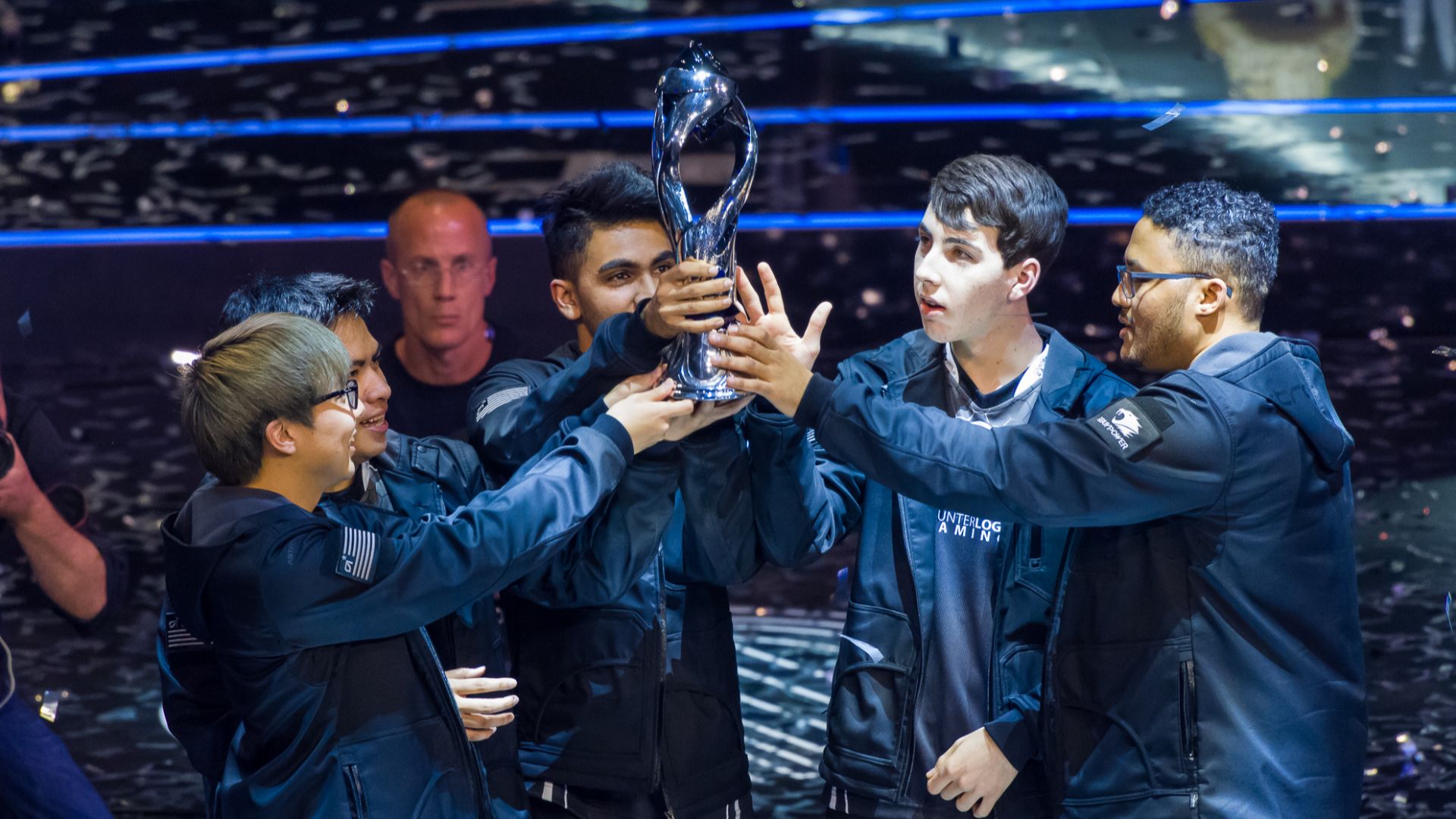 Kevin Chang for Team Liquid on Wikimedia
Kevin Chang for Team Liquid on Wikimedia
5. Splyce
Every team dreams of making a global statement, and for Splyce, that dream briefly flickered in 2016. Tournament after tournament, they struggled to convert regional momentum into global impact. All in all, their performances lacked consistency.
 TL vs. SPY - Rift Rivals | NA x EU | Team Liquid vs. Splyce (2018) by LoL Esports
TL vs. SPY - Rift Rivals | NA x EU | Team Liquid vs. Splyce (2018) by LoL Esports
6. Unicorns Of Love
Unicorns of Love brought chaos, color, and creativity to the League scene. While entertaining, their approach often collapsed under pressure against structured, top-tier teams like Fnatic and G2. Major titles stayed out of reach, and memorable moments never translated into lasting dominance.
7. Immortals
Immortals crumbled after a strong 2016 debut, failing to make any impact at Worlds. That early momentum quickly vanished as roster changes disrupted team chemistry. Attempts to rebuild fell short, and they never regained their spot among North America’s top contenders.
8. NRG Esports
Failure defined NRG Esports from the start, despite the hype around their 2016 lineup. Poor synergy quickly exposed cracks in their gameplay, and frequent roster changes only deepened the inconsistency. So, they never rose beyond regional expectations.
9. Misfits Gaming
Misfits Gaming peaked in 2017 and declined just as fast. Their Worlds debut offered hope, but they failed to build on it. Stronger LEC teams pulled ahead, and Misfits faded quickly, leaving behind a legacy of wasted potential and stalled progress.
10. H2K Gaming
Falling short on the biggest stage became the pattern that defined H2K Gaming. Their 2016 Worlds run provided a glimpse of global potential, yet that glimpse never turned into sustained success. Even with standout players, they lacked the cohesion and adaptability needed to rise further.
